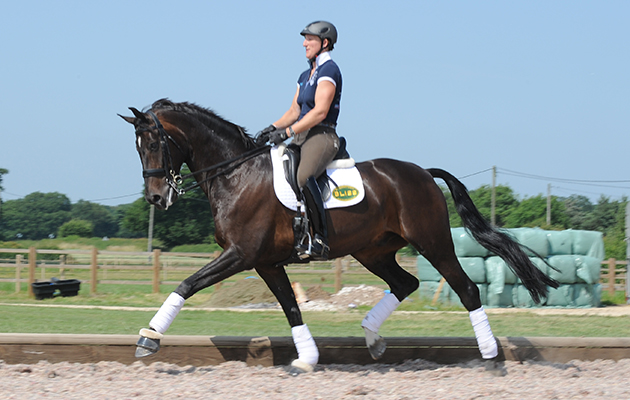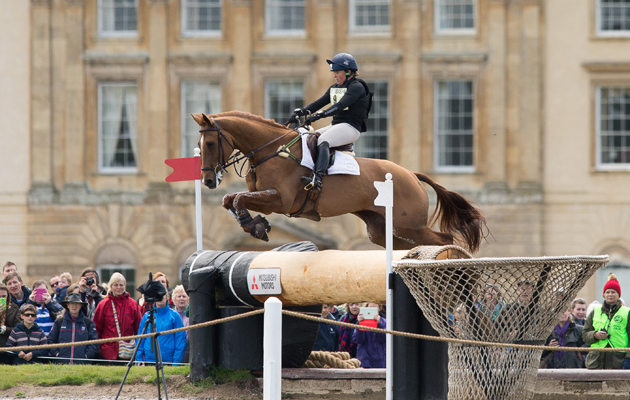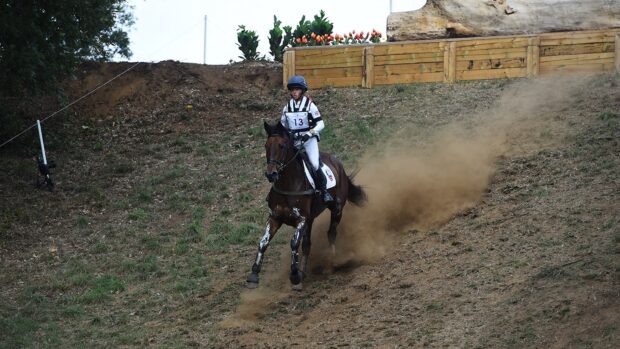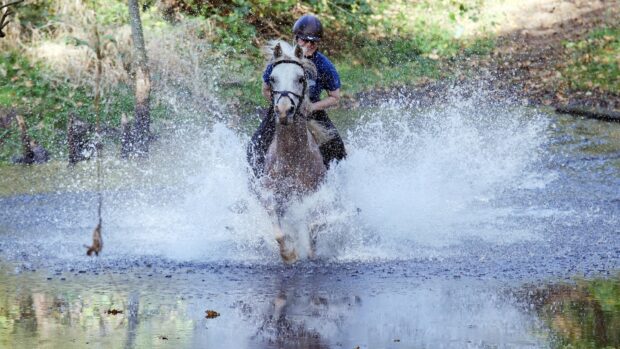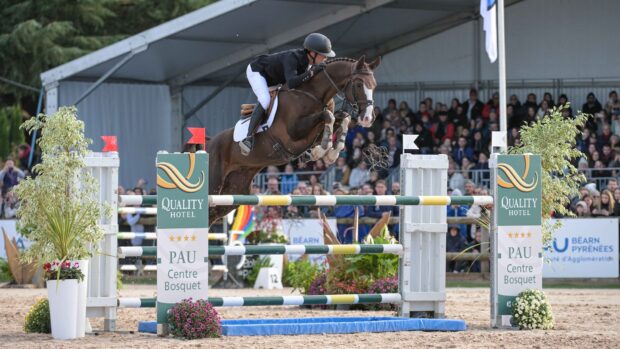Tim Price’s eventing masterclass is brought to you in association with Sederholm
When you leave the start box for the first time this season, you want to be on a horse who is feeling confident. Whether he’s a four-star contender or grassroots campaigner, success stems from effective schooling beforehand.
Tim Price, runner-up at last year’s Kentucky and Burghley CCI4*s, has the following five tips for making it an effective session:
1. Warm up well
“When we’re bringing horses out for the first time early in the year, it’s very cold so it’s important to warm up thoroughly. It’s easy to be a bit keen to start jumping, but the horse’s muscles need to be warm and blood pumping through their systems. Then you can crack on with what you want to achieve.”
2. Make the most of the space
“It’s good to get away from the home environment after being stuck in an arena all winter and trying to be creative in a limited space. Take advantage of the extra space when you’re schooling — go for a canter around the outside, ride long lines and open the horse up more than you have been able to at home.”
Continued below…
Tim Price chooses Sederholm Sederholm Ltd, formed in 1998 by Annika Sederholm, is the proud and exclusive UK agent for Butet saddles and accessories, plus Dy’on bridlework and chaps.Butet saddles, known and revered the world over, are handcrafted in Sederholm’s workshop in Saumur, France. Whether an aspiring Olympian or a true amateur, the saddles offer horse and rider unparalleled balance, comfort and performance, and a variety of styles are available.  Sederholm provides a fitting service for both custom-made and second-hand Butet saddles and strives to provide exemplary customer service, matched only by the quality of the products on offer.Sederholm sells an exquisite range of Butet and Dy’on bridlework offering both function and comfort for your horse and the ultimate in style and quality.Visit www.sederholm.co.uk or call 01869 346904. Sederholm provides a fitting service for both custom-made and second-hand Butet saddles and strives to provide exemplary customer service, matched only by the quality of the products on offer.Sederholm sells an exquisite range of Butet and Dy’on bridlework offering both function and comfort for your horse and the ultimate in style and quality.Visit www.sederholm.co.uk or call 01869 346904. |
3. Make it varied
“Take advantage of all the different jump options. Show the horse a ditch, water and go up and down a bank. Even experienced horses, like the ones I’ve ridden today, will have a look at things. No matter how small the fences are it’s very good for them and it sets them up nicely for the competitions to come.”
4. Don’t panic about mistakes
“I had a run out [at a skinny] today on [last year’s Burghley runner-up] Ringwood Sky Boy, who is a very good cross-country horse. The mistake was a good sharpen up for him and myself, because the next time we turned to it I made sure it happened. It was due to not being out for a while and him not seeing a cross-country fence for a few months. Plus I had to physically switch into cross-country riding mode.”
5. Don’t overdo it
“Unless there is a problem to address I only take my horses cross-country schooling once a year, before the season starts. I’m not trying to fix a problem here, just letting the horse open up in canter and see some fences.
“Then I treat their first, and possibly second, run as a schooling round. It’s training as well, but riding with a purpose — not just popping round where you risk lacking focus and consequently having a problem.”
Don’t miss the full masterclass with Tim in the current issue of Horse & Hound (18 February)



























































